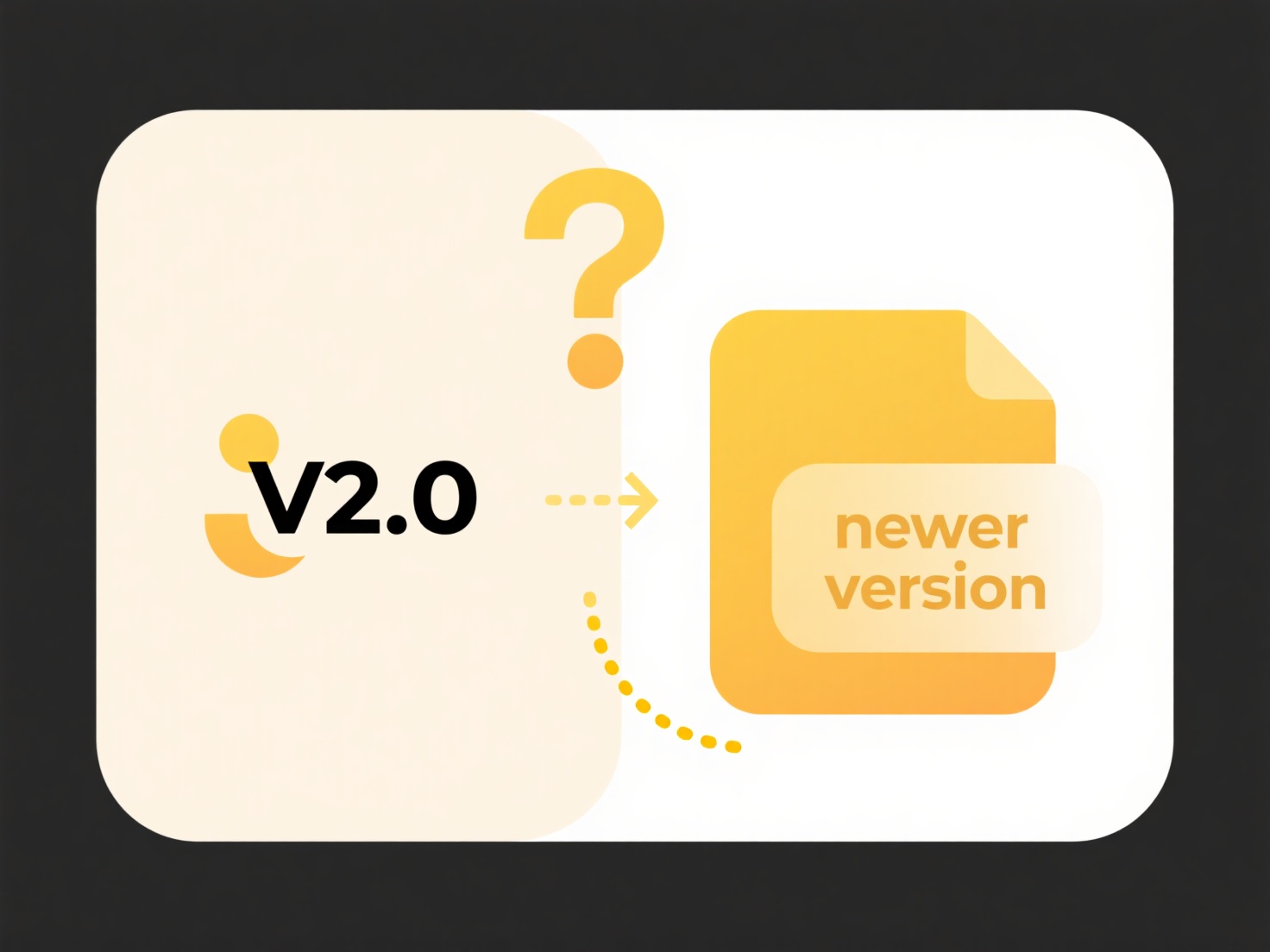
A CSV (Comma-Separated Values) file is a simple text format used to store tabular data. Each line represents a row in a table, and each value within that row is separated by a comma (or sometimes another delimiter like a semicolon). Unlike native spreadsheet formats (.xlsx for Excel, .ods for LibreOffice), CSV files contain only raw data without formulas, cell formatting, charts, or multiple sheets. This makes them a universal exchange format. Saving as CSV essentially converts your complex spreadsheet into this plain text representation, stripping away anything that isn't the underlying data itself.

Most major spreadsheet applications can save as CSV. In Microsoft Excel, select "File > Save As," choose the location, then select "CSV (Comma delimited) (*.csv)" from the "Save as type" dropdown. Similarly, in Google Sheets, click "File > Download > Comma-separated values (.csv)". LibreOffice Calc uses "File > Save As" and the "Save as type" filter. This function is commonly used when uploading data to databases, feeding information into analysis tools, sharing data across incompatible systems, or integrating with custom scripts or applications like Python pandas or R.
The key advantage of CSV is its broad compatibility; nearly any data handling tool can read it. This simplicity fosters easy data exchange. However, limitations are significant: CSV files cannot save formulas, cell formatting, multiple sheets, or complex data types like images. Saving as CSV often requires confirmation due to this data loss risk. Future-proofing data sharing often relies on CSV, though richer formats like Parquet offer advantages for complex, structured big data scenarios where CSV's simplicity becomes a constraint.
How do I save a spreadsheet as a .csv file?
A CSV (Comma-Separated Values) file is a simple text format used to store tabular data. Each line represents a row in a table, and each value within that row is separated by a comma (or sometimes another delimiter like a semicolon). Unlike native spreadsheet formats (.xlsx for Excel, .ods for LibreOffice), CSV files contain only raw data without formulas, cell formatting, charts, or multiple sheets. This makes them a universal exchange format. Saving as CSV essentially converts your complex spreadsheet into this plain text representation, stripping away anything that isn't the underlying data itself.

Most major spreadsheet applications can save as CSV. In Microsoft Excel, select "File > Save As," choose the location, then select "CSV (Comma delimited) (*.csv)" from the "Save as type" dropdown. Similarly, in Google Sheets, click "File > Download > Comma-separated values (.csv)". LibreOffice Calc uses "File > Save As" and the "Save as type" filter. This function is commonly used when uploading data to databases, feeding information into analysis tools, sharing data across incompatible systems, or integrating with custom scripts or applications like Python pandas or R.
The key advantage of CSV is its broad compatibility; nearly any data handling tool can read it. This simplicity fosters easy data exchange. However, limitations are significant: CSV files cannot save formulas, cell formatting, multiple sheets, or complex data types like images. Saving as CSV often requires confirmation due to this data loss risk. Future-proofing data sharing often relies on CSV, though richer formats like Parquet offer advantages for complex, structured big data scenarios where CSV's simplicity becomes a constraint.
Related Recommendations
Quick Article Links
How can I create a naming convention for saved files?
A file naming convention is a systematic approach for naming digital files to ensure clarity and consistency. It typical...
How do I rename files in SharePoint or Teams?
Renaming files in SharePoint or Teams modifies the display name while preserving the file itself, its metadata, and its ...
Why do some search results open blank or error out?
When search results open blank or show errors, it indicates an interruption between your device and the website. This of...